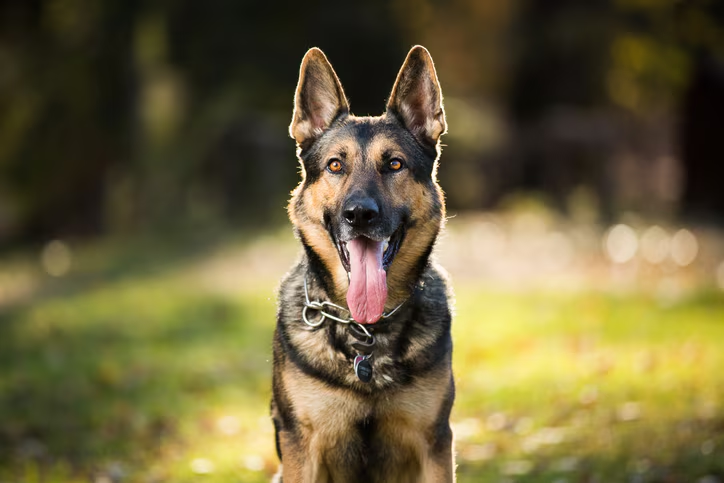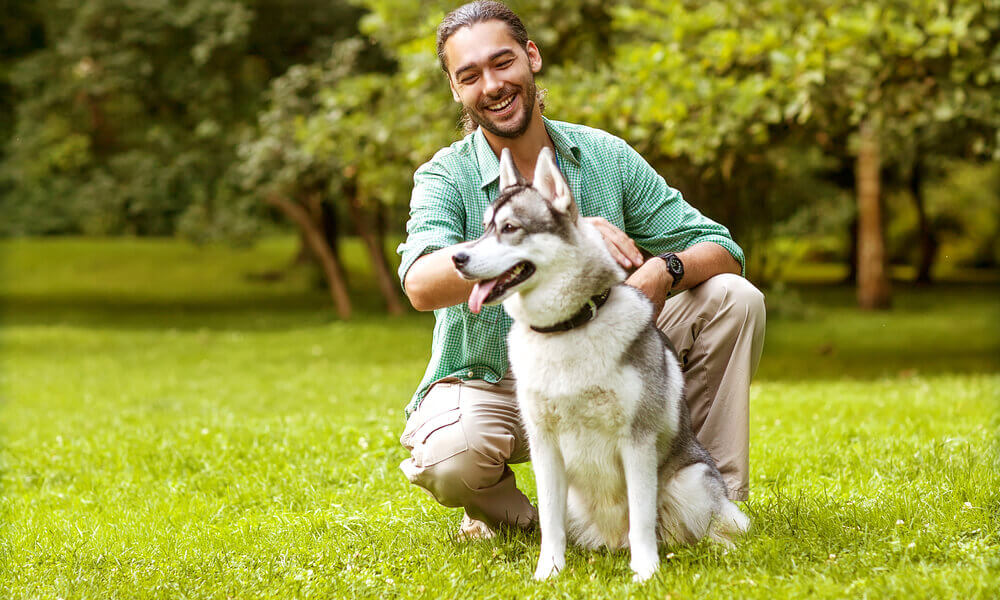
When it comes to the health and well-being of your furry friend, understanding the types of dog surgeries that might be necessary is crucial. Whether it’s a routine procedure or an emergency operation, being informed can help you make the best decisions for your pet.
Common Elective Surgeries
Spaying and Neutering
Spaying (for females) and neutering (for males) are among the most common surgeries for dogs. These procedures not only help control the pet population but also offer health benefits such as reducing the risk of certain cancers and preventing unwanted behaviors.
Dental Cleanings and Extractions
Dental health is vital for dogs, just as it is for humans. Regular dental cleanings can prevent periodontal disease, while extractions might be necessary for severely damaged teeth. Maintaining your dog’s dental hygiene can improve their overall quality of life.
Gastropexy
Gastropexy is a preventive surgery often recommended for large and deep-chested breeds prone to gastric dilatation-volvulus (GDV), commonly known as bloat. This life-threatening condition can be avoided by securing the stomach to the abdominal wall, preventing it from twisting.
Crucial Emergency Surgeries
Foreign Object Removal
Dogs are curious creatures and sometimes swallow objects they shouldn’t. Foreign object removal surgery is critical in such cases to prevent intestinal blockages, which can be fatal if not treated promptly.
C-Section (Cesarean Section)
For pregnant dogs experiencing difficulties during labor, a C-section may be necessary. This emergency surgery ensures the safety of both the mother and her puppies when natural delivery isn’t possible.
Tumor Removal
Tumor removal surgeries can range from simple procedures to complex operations, depending on the tumor’s location and size. Early detection and removal are vital to prevent the spread of cancer and improve your dog’s prognosis.
Specialized Surgeries
Orthopedic Surgeries
Orthopedic surgeries address issues related to bones, joints, and ligaments. Common procedures include repairing torn cruciate ligaments, correcting hip dysplasia, and treating fractures. These surgeries help restore mobility and relieve pain.
Ophthalmic Surgeries
Eye conditions such as cataracts, cherry eye, and entropion often require surgical intervention. These procedures can restore vision and comfort, significantly enhancing your dog’s quality of life.
Post-Surgery Care
Post-surgery care is crucial for a smooth recovery. Ensure your dog has a quiet and comfortable space to rest, follow the veterinarian’s instructions regarding medication and activity restrictions, and keep an eye on the surgical site for signs of infection.
Conclusion
Understanding the various types of dog surgeries helps pet owners make informed decisions and ensures their furry friends receive the best care possible. Regular veterinary check-ups and being aware of your dog’s health needs can lead to a happier, healthier life for your pet.




